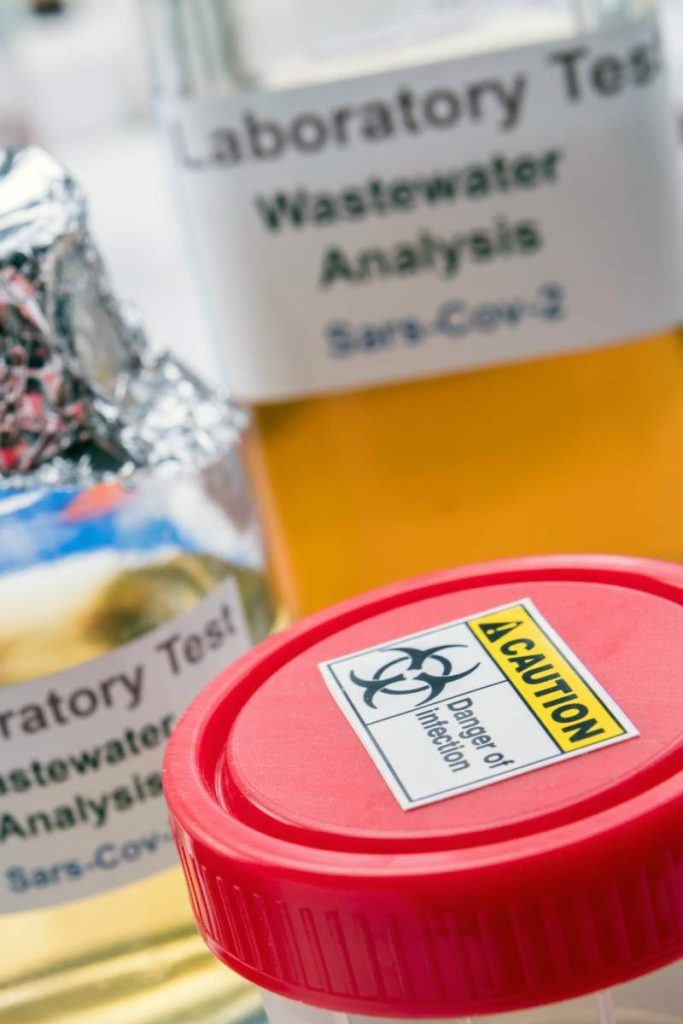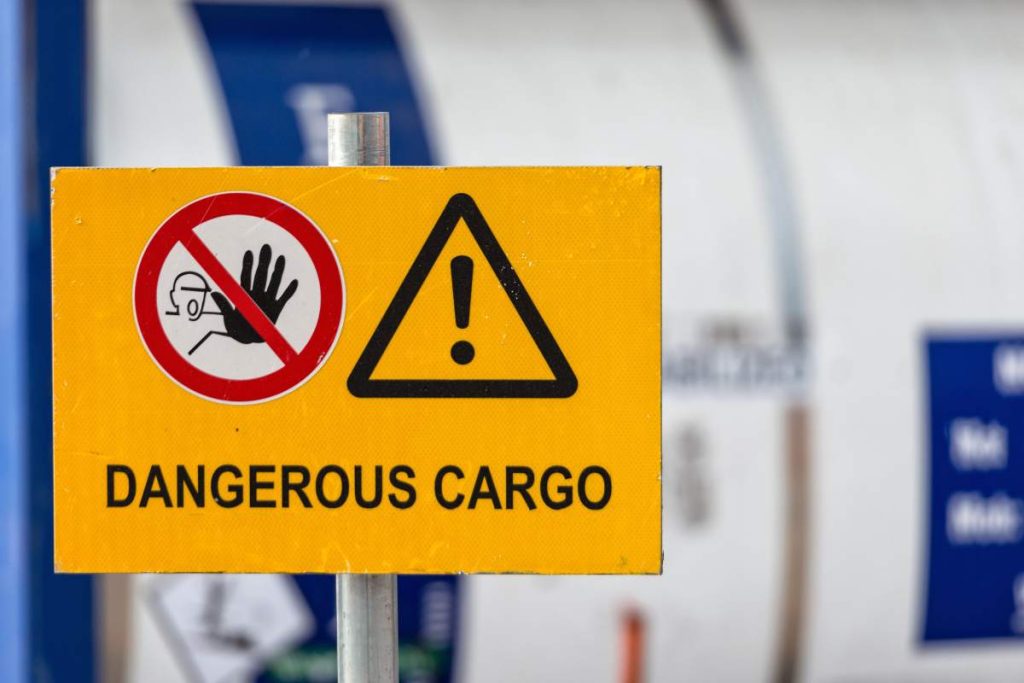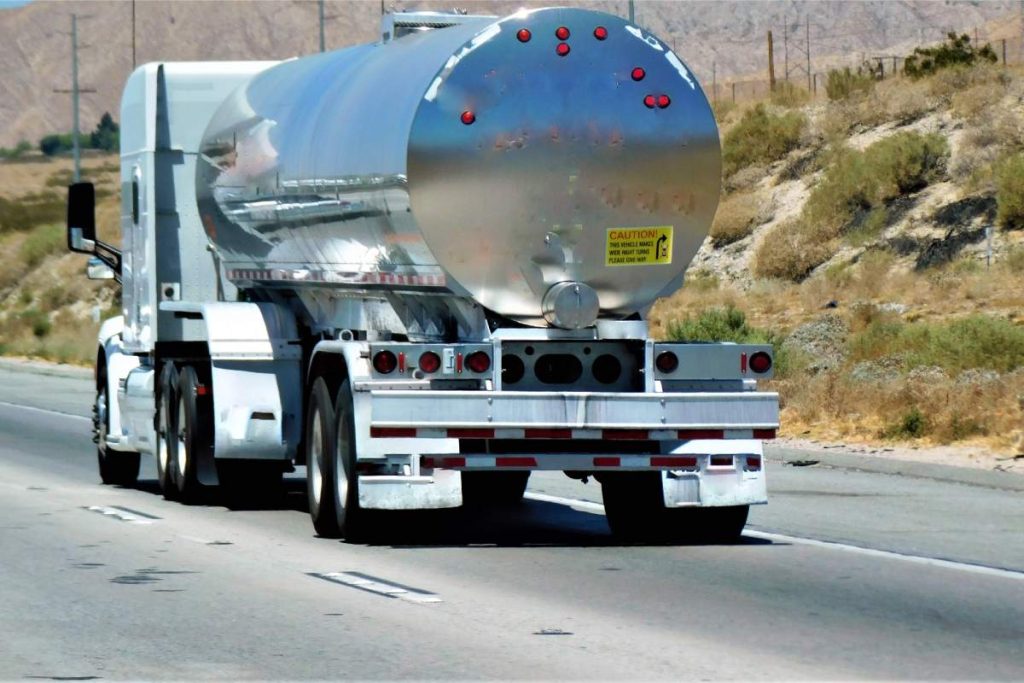Dangerous goods are materials or items that pose risks to health, safety, property, or the environment due to their chemical or physical properties. These can include explosives, flammable liquids, gases, corrosive substances, and toxic chemicals. The classification and regulation of dangerous goods are critical because their transportation, handling, and storage require strict safety measures to prevent accidents or harm.
Dangerous goods are classified into different categories, or classes, each indicating a specific type of hazard. These classes are defined by the United Nations (UN) and are recognized globally, including in Australia. Here’s a breakdown of the main dangerous goods classes:
Classes of Dangerous Goods

- Class 1: Explosives
Materials that can explode, such as fireworks, ammunition, and dynamite. These items can cause significant damage and injury if mishandled. Special care and transportation methods are necessary for explosives. - Class 2: Gases
This includes compressed, liquefied, or dissolved gases such as propane, oxygen, and carbon dioxide. Gases are often flammable or toxic, posing fire, explosion, or asphyxiation risks. - Class 3: Flammable Liquids
Examples include gasoline, diesel fuel, and alcohol. These highly flammable liquids can ignite under certain conditions, requiring secure containers and proper labelling during transportation. - Class 4: Flammable Solids
Substances like matches, phosphorus, and magnesium fall into this category. These solids can ignite easily and must be kept away from heat sources. - Class 5: Oxidizing Substances and Organic Peroxides
Oxidizers like hydrogen peroxide can cause or accelerate the combustion of other materials. Organic peroxides can be unstable and are prone to explosive decomposition. - Class 6: Toxic and Infectious Substances
Materials such as pesticides, medical waste, or laboratory samples fall under this category. These substances can cause serious harm to human health if exposed, inhaled, or ingested. - Class 7: Radioactive Materials
Items emitting ionizing radiation, such as nuclear fuel or medical isotopes. Radioactive materials require stringent transport protocols due to their potential to cause radiation sickness or environmental contamination. - Class 8: Corrosive Substances
Examples include sulfuric acid and battery fluid. These materials can destroy or damage organic tissue and materials they come into contact with. Proper packaging is critical to avoid leakage or spills during transportation. - Class 9: Miscellaneous Dangerous Goods
This includes items that pose hazards not covered by the previous categories, such as asbestos, lithium batteries, and environmentally hazardous substances.
Regulations for Transporting Dangerous Goods in Australia
Transporting dangerous goods, especially across state borders in Australia, is governed by stringent regulations to ensure the safety of the public, workers, and the environment. These regulations are based on the Australian Dangerous Goods (ADG) Code, which aligns with international guidelines.
The ADG Code sets out requirements for classifying, packaging, labelling, and documenting dangerous goods. Key regulatory bodies overseeing the transportation of dangerous goods include:
- National Transport Commission (NTC): Responsible for developing and maintaining the ADG Code.
- Safe Work Australia: Ensures workplace safety for the handling and transport of dangerous goods.
- State and Territory Road and Rail Authorities: Each state or territory may have additional specific regulations or enforcement measures.

How to Safely Transport Dangerous Goods Interstate
Transporting dangerous goods interstate requires careful planning, proper documentation, and adherence to safety procedures to avoid accidents, spills, or environmental damage. Below are key steps to ensure safe transportation:
1. Correct Classification and Documentation
Before transporting dangerous goods, it’s essential to correctly classify them according to the ADG Code. This classification determines the handling, packaging, and transport requirements. A dangerous goods declaration must accompany the shipment, including:
- The proper shipping name
- The UN number (a four-digit code identifying the material)
- The class of dangerous goods
- The quantity being transported
- Emergency contact information
This document allows authorities and emergency services to quickly identify the cargo and respond in case of an accident.
2. Use of Proper Packaging
Dangerous goods must be packaged in approved containers designed to withstand the rigours of transport while containing any potential hazards. These containers need to meet specific standards for strength, durability, and leak resistance.
The packaging also needs to be compatible with the substance inside. For example, certain corrosive substances require packaging that won’t react with the contents. Packaging should also include correct markings and labels that clearly indicate the dangerous nature of the goods being transported.
3. Clear Labeling and Placarding
Each container of dangerous goods must be labelled with a hazard label, and the transport vehicle must display placards indicating the type of dangerous goods being carried. These placards help first responders in identifying the type of hazard in case of an emergency. The labels must be visible and comply with the ADG Code standards.
4. Vehicle Requirements
The vehicle used to transport dangerous goods must meet specific requirements, depending on the class and quantity of goods being transported. For instance, some materials may require a placarded vehicle—one that displays hazard warnings on all sides—or a Dangerous Goods Driver License.
The vehicle must also carry safety equipment, including fire extinguishers, spill kits, and personal protective equipment (PPE). The driver should be trained in handling the specific type of dangerous goods being transported.

5. Driver Training and Licensing
Drivers transporting dangerous goods must hold a valid Dangerous Goods Driver License for transporting goods in specific quantities or of certain classes. To obtain this license, drivers must complete specialized training on how to handle dangerous materials, what to do in the event of an accident, and how to follow proper loading and unloading procedures.
Drivers must understand the materials they are transporting, including any risks and the actions to take in an emergency situation.
6. Safe Loading and Unloading
Loading and unloading dangerous goods must be done carefully to avoid damage to the packaging, which could result in leaks, spills, or fires. Some critical points to remember include:
- Ensuring the vehicle is parked on level ground and stabilized before loading or unloading using loading ramps.
- Keeping incompatible substances apart to prevent reactions.
- Using proper lifting equipment to avoid dropping or puncturing containers.
Personnel involved in loading and unloading should wear appropriate PPE, such as gloves, safety glasses, and protective clothing, depending on the substance being handled.
7. Emergency Response Planning
Even with the best safety measures, accidents can happen. This is why having an emergency response plan is essential. The plan should detail:
- The potential risks involved in transporting specific dangerous goods.
- The steps to take if an accident or spill occurs.
- The emergency contacts for specialized clean-up teams or response services.
Drivers and personnel involved in the transport must be familiar with this plan and know how to implement it if necessary.
8. Compliance with Interstate Regulations
When transporting dangerous goods across state borders in Australia, it’s important to ensure compliance with the specific regulations of each state or territory. While the ADG Code provides a national framework, some regions may have additional requirements, especially when it comes to notification procedures, restricted routes, or inspection processes.
In some cases, interstate transport may require special permits or documentation beyond the standard dangerous goods declaration. Always check with local authorities or a transport service specializing in dangerous goods to ensure all regulations are met.
Conclusion
Transporting dangerous goods is a high-risk activity that requires strict compliance with safety regulations. From correctly classifying and packaging the goods to ensuring that vehicles and drivers are properly equipped, every step in the process is critical to prevent accidents and protect public safety.
In Australia, the ADG Code provides the framework for transporting dangerous goods safely, while local state and territory regulations add an additional layer of oversight. To guarantee the safe interstate transport of your goods, consulting with Fillme Australia is recommended. As one of the largest freight loadboard hubs in Australia, Fillme offers detailed information on each carrier, including customer reviews, aiding you in making an informed decision.

